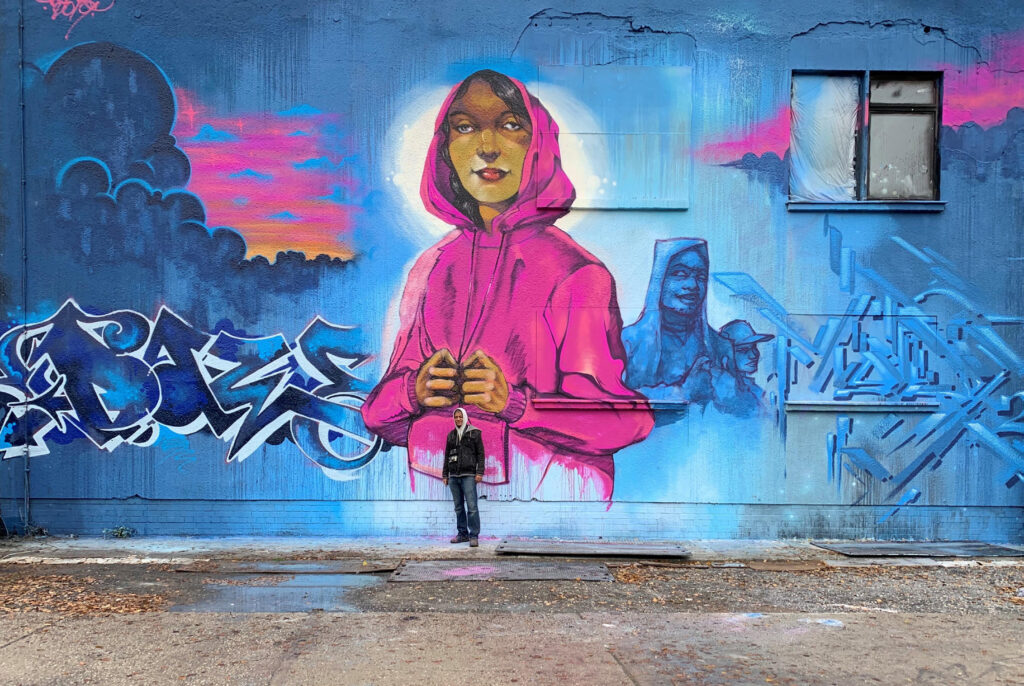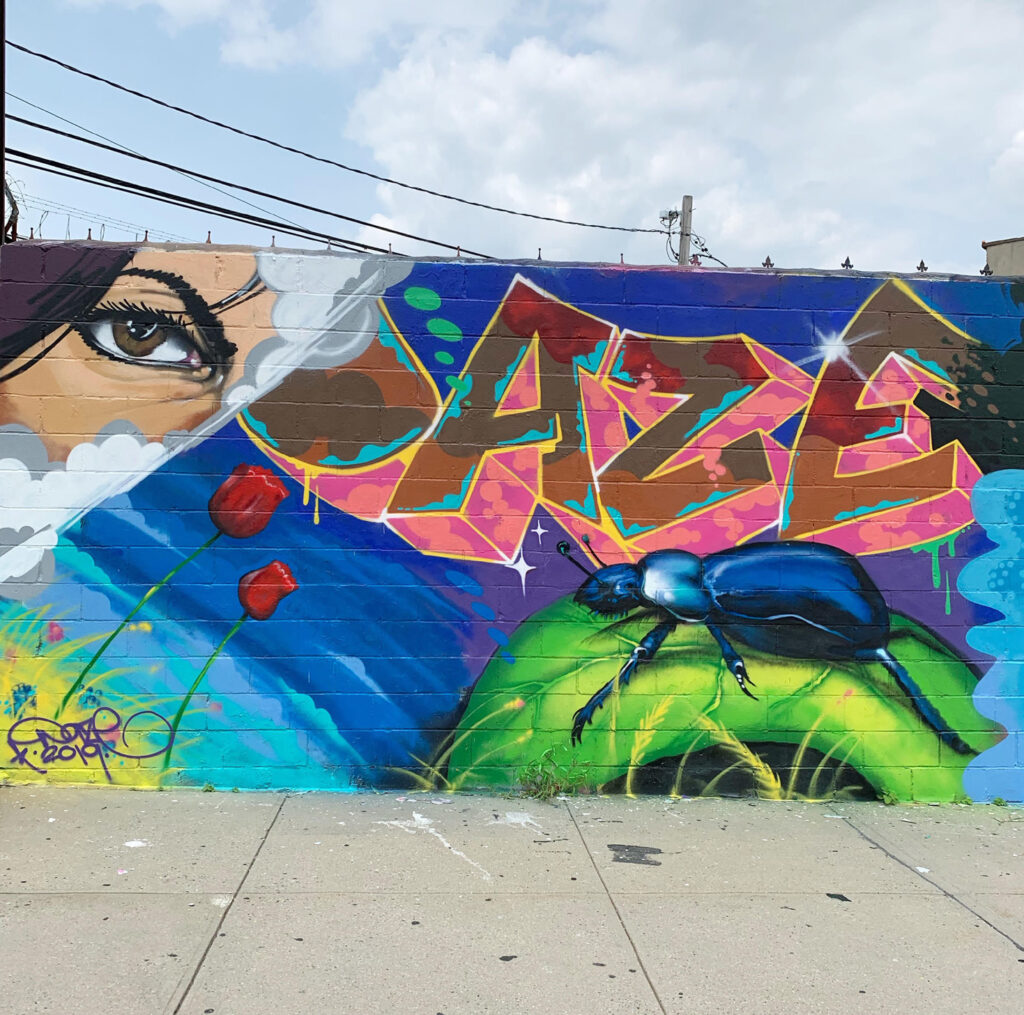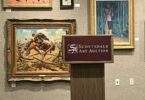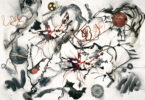Graffiti is on the rise, but in more ways than you’d (probably) expect. Graffiti artists or “writers,” as they call themselves, have returned to the streets to transform city walls and subway cars into colorful works of art. Because of the pandemic, cities have become breeding grounds for budding artists who are young, rebellious and eager to express themselves. In cities where unemployment is up and time is free, writers can slip out to the streets and do their thing.

But that’s not the whole story. Since the ’80s, there has been an ever-growing acceptance of writing as a legitimate art form, which has led to commissioned murals, exhibitions and classes. In fact, Daze, a “second-wave” writer, now teaches writing to children online and in the streets. In September, he hosted a virtual course, through the Museum of the City of New York, called “City as Canvas: Live Session with Daze, Artist and Graffiti Writer,” where he told his life’s story.
Born Christopher Ellis in the Bronx, New York, he started his artistic journey in the ’70s, in the midst of economic turmoil. He calls himself Daze because those letters —D, A, Z and E— were the simplest to spray-paint. A curious kid, he saw the writings and tags of the 60s “first-wave” pioneers in the subway, and asked himself: who is doing this and why? Of course, more answers led to more questions, he says.
“This writing seemed to come out of nowhere with hidden messages. It wasn’t until I entered the High School of Art & Design in 1976, and I started meeting people who actually went out and painted trains and were part of the culture, that I realized that there was more to it than just random acts of writing. It was planned out and premeditated.”
Daze’s writings weren’t political. Although, he says, the act of writing itself —a defiance of the system— is inherently political, instead he was inspired by comic books, like Mad Magazine. He used to draw comics as a kid, which led to original characters. His website, dazeworld.com, is filled with murals of municipal monsters —human heads attached to fish, gargoyle-like men in suits, slug-like animals with protruding eyes— each of which demonstrates his unfettered devotion to style, originality and creativity. Other examples of his writings can be described as trippy and whimsical. One which stood out –his Hunts Point, Bronx, 2006– features an ecstatic, big-headed, afro-clad man driving a tiny car.

And he didn’t stop there. Writing was his rite-of-passage, but as he grew older, he transitioned to painting and sculpting. His paintings, which are largely character-centered, like his writings, are featured in the homes of entertainment juggernauts such as Eric Clapton & Madonna. They can also be seen in the permanent collections of world-renowned museums like The Whitney Museum, NY, Museum of Modern Art, NY, and The Ludwig Museum in Germany. His sculptures, which also reflect his style, are recognized as well. Featured on his website, The Big Boss —a chubby, mustached, suit-wearing old man, spray-painted on resin— is a caricaturization of a greedy mogul or tycoon, one that’s portrayed in movies like Citizen Kane. It’s a bit ironic, since many of his characters are derived from real life strangers who left an impression on him.
Daze has kept busy in the studio working on a plethora of projects. However, he gives back, not only to his own community, but to the world. Aside from his exhibitions, Daze has completed a host of public art projects over the years including a mural for The Star Ferry Terminal in Hong Kong in 1993 and one for the Dreamland Social Club-Creative Time in 2004. In 1994, he started working for student art workshops in parts of cities with high poverty and crime rates. So far, he has visited Seoul, Korea, Baton Rouge, Louisiana, Rio de Janiero, Brazil, Palaia, Italy, Port au Prince, Haiti and Andover, Massachusetts.
Through these projects, he teaches underprivileged kids how to write on murals and how to do so collectively: a wisdom which sprouted from his collaborations as a teenager. Back then, he and other writers met in the subway. They exchanged ideas from their sketchbooks and created spontaneously, which instilled within him an appreciation for collaboration. “I teach them they all have something that they can bring to the mural. One person can be the idea person. Another person can have the technical art skills. Another can just bring energy to it,” DAZE says.
Now, because of the worldwide situation, he’s teaching online. In “City as Canvas: Live Session with Daze, Artist and Graffiti Writer,” he finished his presentation with a simple lesson: how to write DAZE. It’s a throwback to his beginnings as a young artist, and it’s a place for young people to start. In our inner-cities, graffiti comes and goes as waves under the economic tides. In the art world, it is admired as writing, as street art and murals. The future of graffiti, or writing, isn’t exactly clear, but one thing is certain: artists like Daze pave the way for the young and curious who are eager to express themselves.
More information about the artist at dazeworld.com and on IG @dazeworldnyc





Leave a Comment